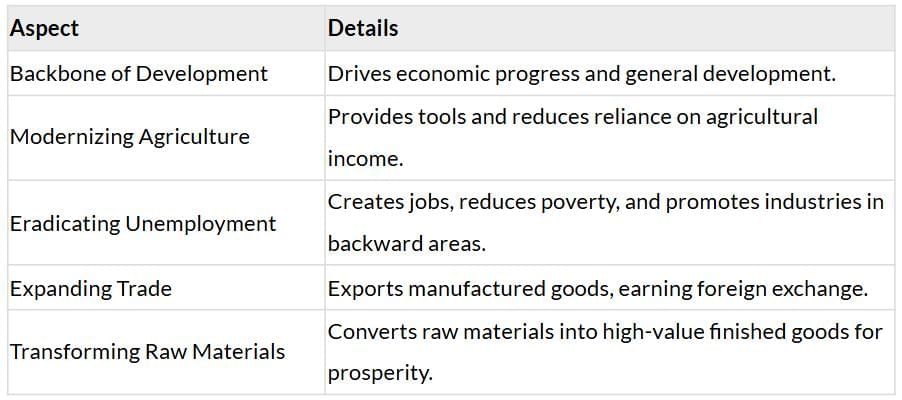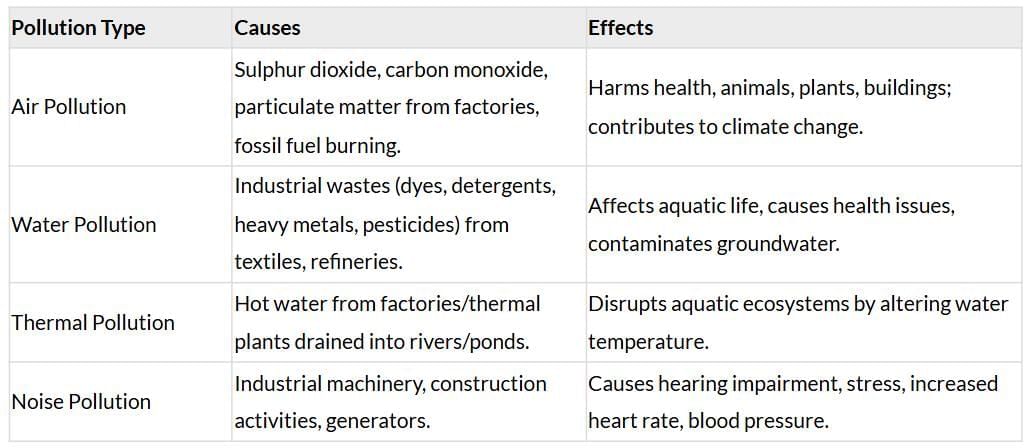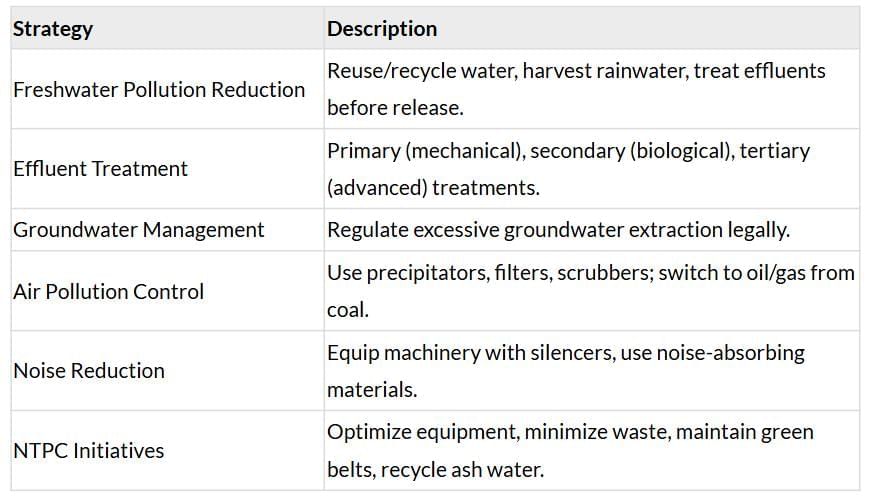Cheatsheet: Manufacturing Industries | Social Studies (SST) Class 10 PDF Download
Introduction
Manufacturing transforms raw materials like wood, sugarcane, iron ore, and bauxite into finished goods such as paper, sugar, steel, and aluminum. It is a secondary activity where workers in industries like steel, automotive, textiles, and food processing create products for consumption. The growth of manufacturing industries is a key indicator of a country’s economic strength, driving job creation and industrial progress.
- Examples: Paper from wood, sugar from sugarcane, steel from iron ore, aluminum from bauxite.
- Secondary Sector Workers: Employed in steel factories, car manufacturing, breweries, textiles, and bakeries.
- Economic Impact: Measures a country’s economic power through industrial growth.
Importance of Manufacturing
Manufacturing is crucial for economic and social development, supporting agriculture, employment, trade, and prosperity.
Classification of Industries
Industries are categorized to understand their structure and function. Classifications include agro-based vs. mineral-based, basic vs. consumer, small vs. large scale, public vs. private vs. joint vs. cooperative, and heavy vs. light industries. These classifications help analyze their economic impact and operational needs.
Agro-Based Industries
Agro-based industries, such as cotton, jute, and sugar, rely on agricultural raw materials and are closely tied to farming communities. They play a significant role in India’s economy by providing employment, supporting agriculture, and contributing to foreign exchange through exports.
Mineral-Based Industries
Mineral-based industries, including iron and steel, aluminum smelting, and cement, are critical for infrastructure and industrial growth. They rely on heavy raw materials and require efficient transport and energy supply, with strategic locations based on resource availability and market access.
Automobile Industry
The automobile industry in India has grown significantly due to economic liberalization, producing a variety of vehicles like cars, trucks, and two-wheelers. Its strategic location near major cities facilitates production and market access, contributing to economic growth and employment.
Information Technology and Electronics Industry
The IT and electronics industry is a major contributor to India’s economy, with Bengaluru as the electronic capital. It produces products like televisions, computers, and telecom equipment, generating significant employment and supporting India’s global IT presence.
Industrial Pollution and Environmental Degradation
While industries drive India’s economy, they also cause pollution through emissions, effluents, and noise, impacting health, ecosystems, and climate. Managing these effects is crucial for sustainable development, as industries like thermal power plants exacerbate environmental degradation.
Control of Environmental Degradation
Industries must adopt measures to reduce environmental impact, including treating effluents, minimizing water use, controlling air and noise pollution, and promoting sustainable practices. Companies like NTPC demonstrate effective environmental management through advanced techniques and waste reduction.
|
66 videos|614 docs|79 tests
|
FAQs on Cheatsheet: Manufacturing Industries - Social Studies (SST) Class 10
| 1. What are the different classifications of industries? |  |
| 2. What are agro-based industries and why are they important? |  |
| 3. How do mineral-based industries contribute to the economy? |  |
| 4. What is the significance of the automobile industry in modern manufacturing? |  |
| 5. What measures can be taken to control industrial pollution and environmental degradation? |  |
















